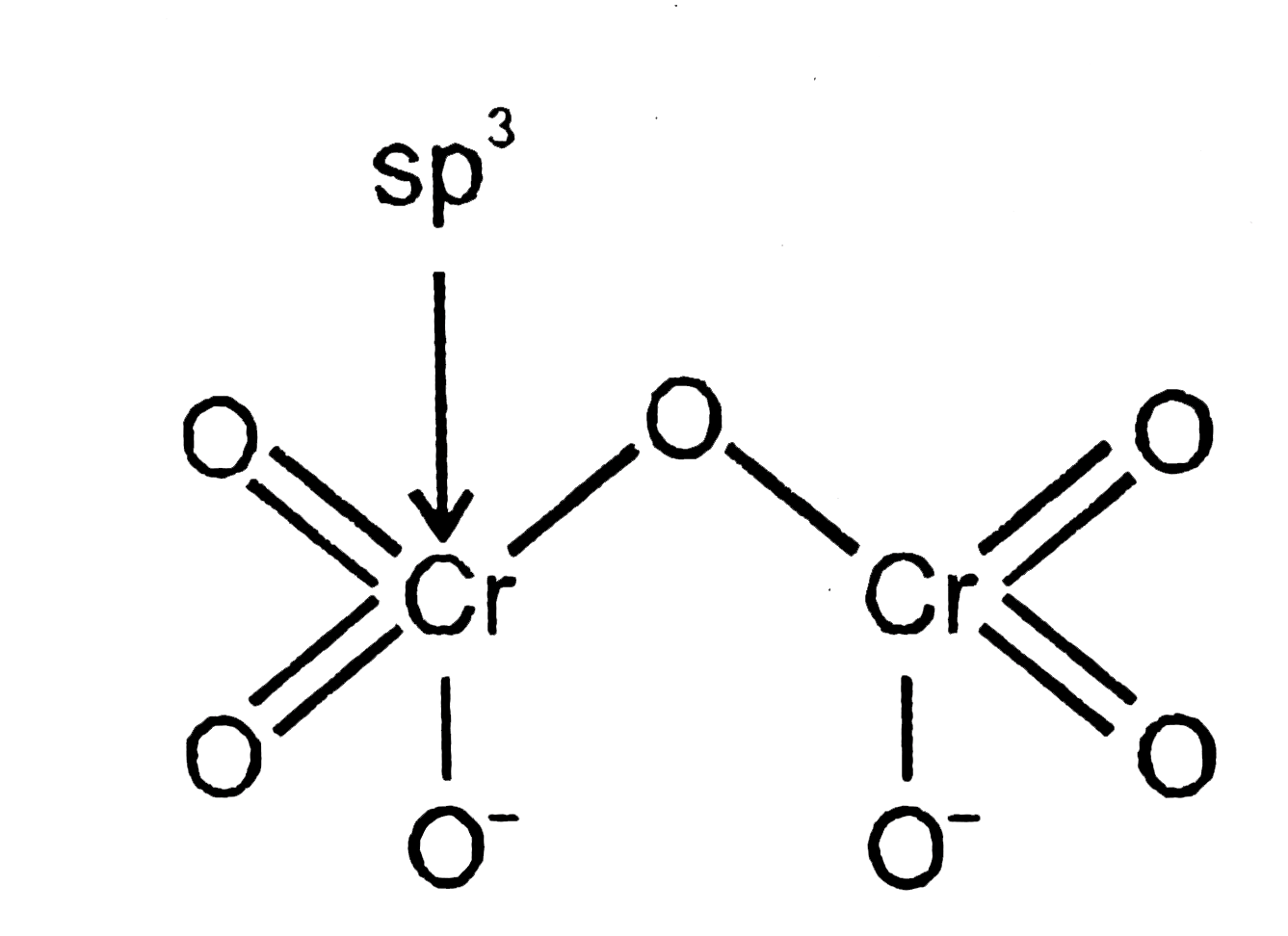A
B
C
D
Text Solution
Verified by Experts
The correct Answer is:
Topper's Solved these Questions
P BLOCK ELEMENTS
RESONANCE|Exercise ALP PART 1 Comprehension # 3 OBJECTIVE|1 VideosP BLOCK ELEMENTS
RESONANCE|Exercise ALP PART II SUBJECTIVE|1 VideosP BLOCK ELEMENTS
RESONANCE|Exercise ALP PART 1 Comprehension # 1 OBJECTIVE|8 VideosNUCLEAR CHEMISTRY
RESONANCE|Exercise STAGE-II|1 VideosP-BLOCK ELEMENT (BORON AND CARBON FAMILY)
RESONANCE|Exercise PART - III : OLYMPIAD PROBLEMS (PREVIOUS YEARS) STAGE - V (INTERNATIONAL CHEMISTRY OLYMPIAD (IChO)) Problem 3|8 Videos
Similar Questions
Explore conceptually related problems
 , all electrons are paired. So diamagnetic `(3d^(0)4s^(0))`
, all electrons are paired. So diamagnetic `(3d^(0)4s^(0))`